Cohort of new stakeholders joins Open Hydrogen Initiative
Green Car Congress
DECEMBER 28, 2022
An apples-to-apples comparison of hydrogen production carbon intensity would hold benefits for stakeholders throughout the value chain—producers, users, engineers, academia, market participants, investors and policymakers.

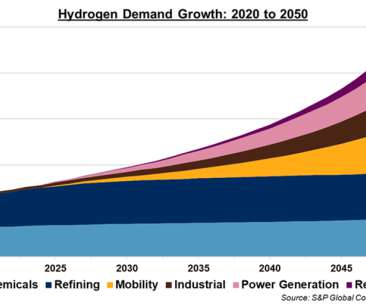


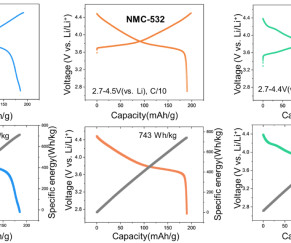
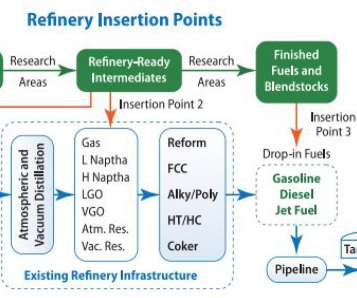














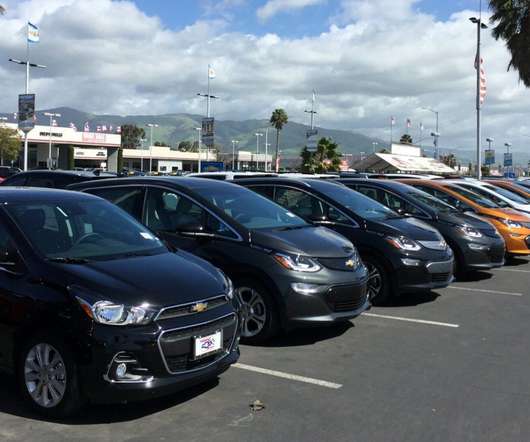

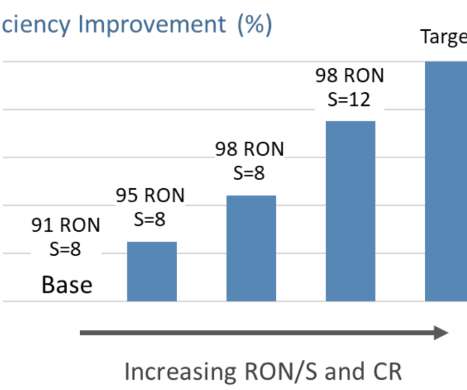



















Let's personalize your content